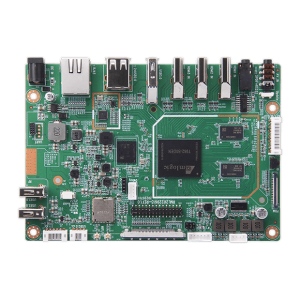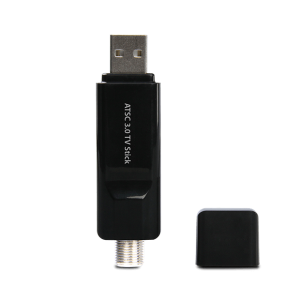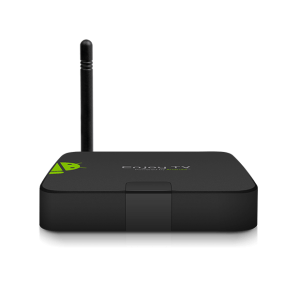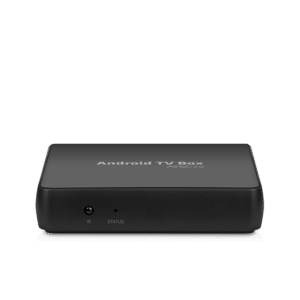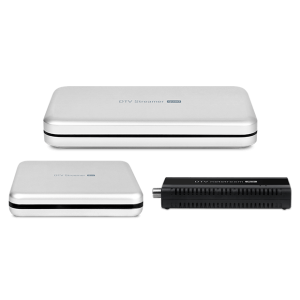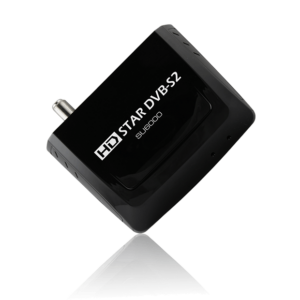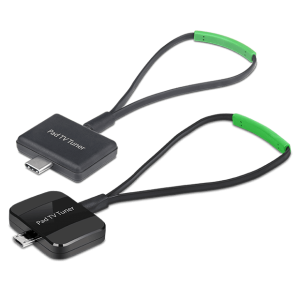TV Tuner
Geniatech provides a range of TV tuners catering to cord-cutters using over-the-air antennas for free local channels. Additionally, we offer professional TV tuners and DVB solutions tailor-made for industrial users such as businesses, hotels, and educational institutions. Geniatech TV tuners support an array of standards like ATSC 3.0, ISDB, and DVB, ensuring compatibility with Windows, Linux, MacOS, iOS, and Android. With over two decades of experience, Geniatech is a trusted manufacturer in the AV industry, offering reliable HDTV tuners with various form factors and features like commercial skipping, electronic program guides, and advanced TV show recording.
